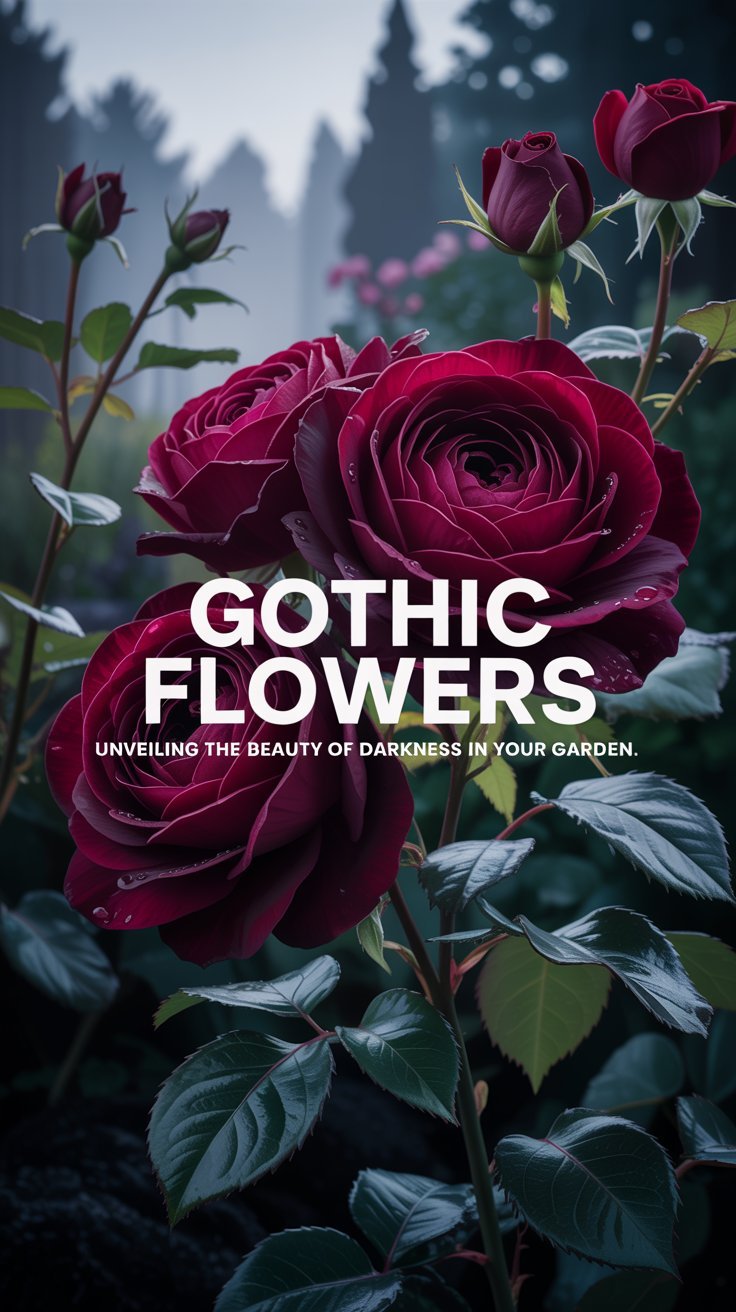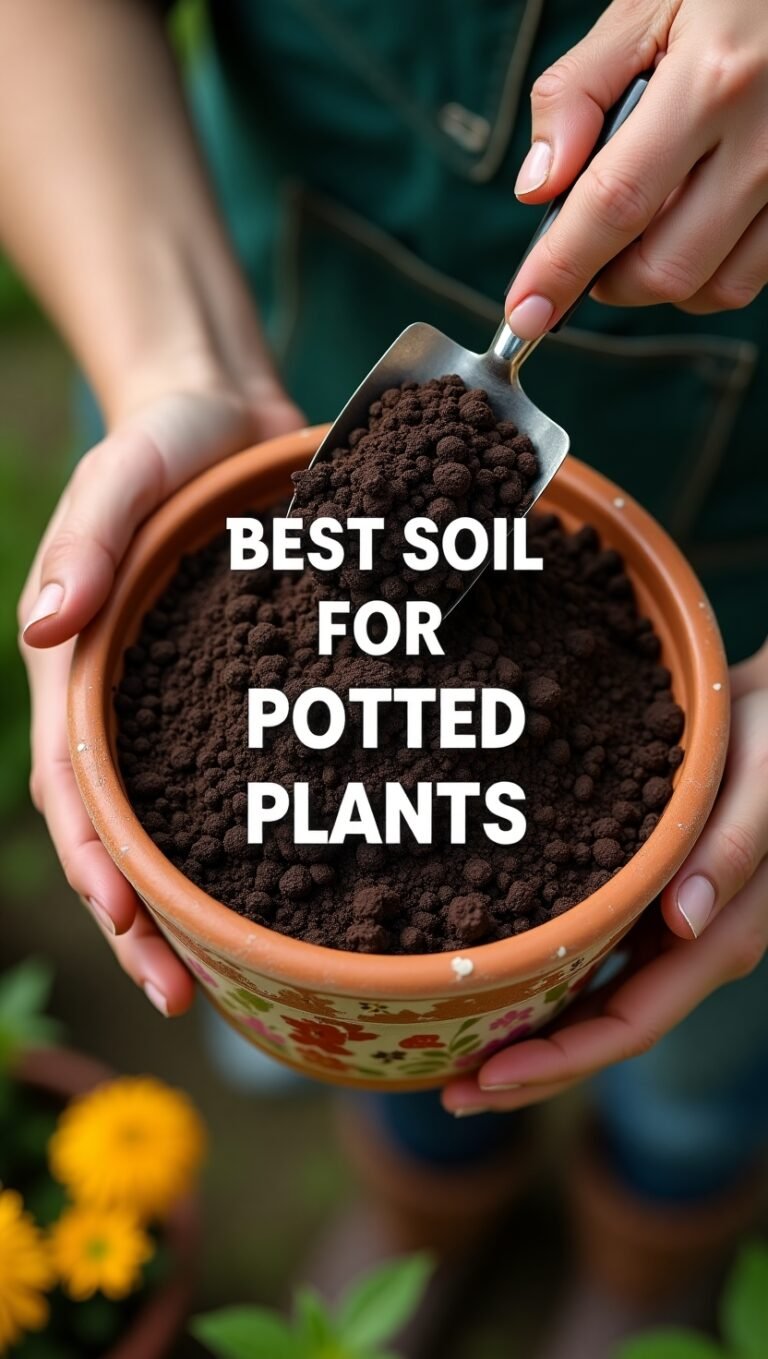Discover 20 awesome trees that start with T, with easy tips on growing and using them. Perfect for USA gardeners of all ages!
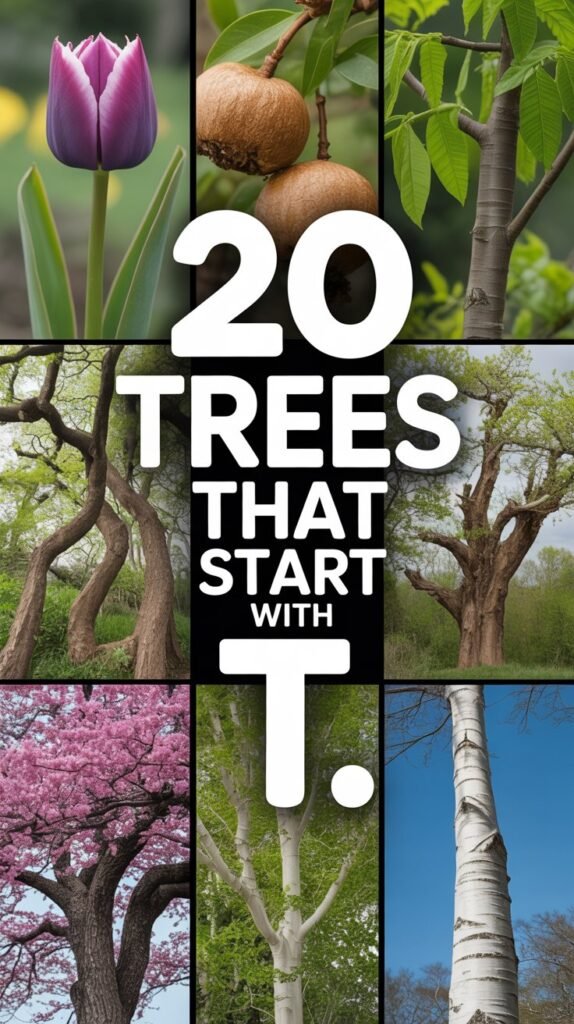
Hi there, fellow gardening enthusiasts! I’m Ashley Scott, and I’ve been digging into the world of gardening for over 10 years. Today, I’m excited to share a fun and informative guide about trees that start with T. Whether you’re a kid curious about nature or an adult looking to spruce up your yard, this list has something for everyone. From towering giants to tiny fruit-bearers, these trees can add beauty, shade, and even tasty treats to your garden.
Trees are amazing—they give us oxygen, cool our homes, and provide homes for birds and bugs. So, let’s explore 20 trees that start with the letter T, learn what makes them special, and figure out how to grow them in your own backyard. Ready? Let’s get started!
Why Trees Matter
Before we jump into the list, let’s talk about why trees are so cool. They clean the air we breathe, give us shade on hot days, and make our yards look awesome. Some even grow fruits or nuts we can eat! Plus, planting a tree is like giving a gift to the planet—it can live for years and help nature thrive. Whether you’re in the USA or anywhere else, trees beginning with T can make your space greener and happier.
20 Trees That Start With T
Here’s my list of 20 trees that start with T, complete with simple descriptions, growing tips, and a few stories from my gardening adventures. I’ve kept it easy to read so kids and grown-ups alike can enjoy it!
1. Tulip Tree (Liriodendron tulipifera)
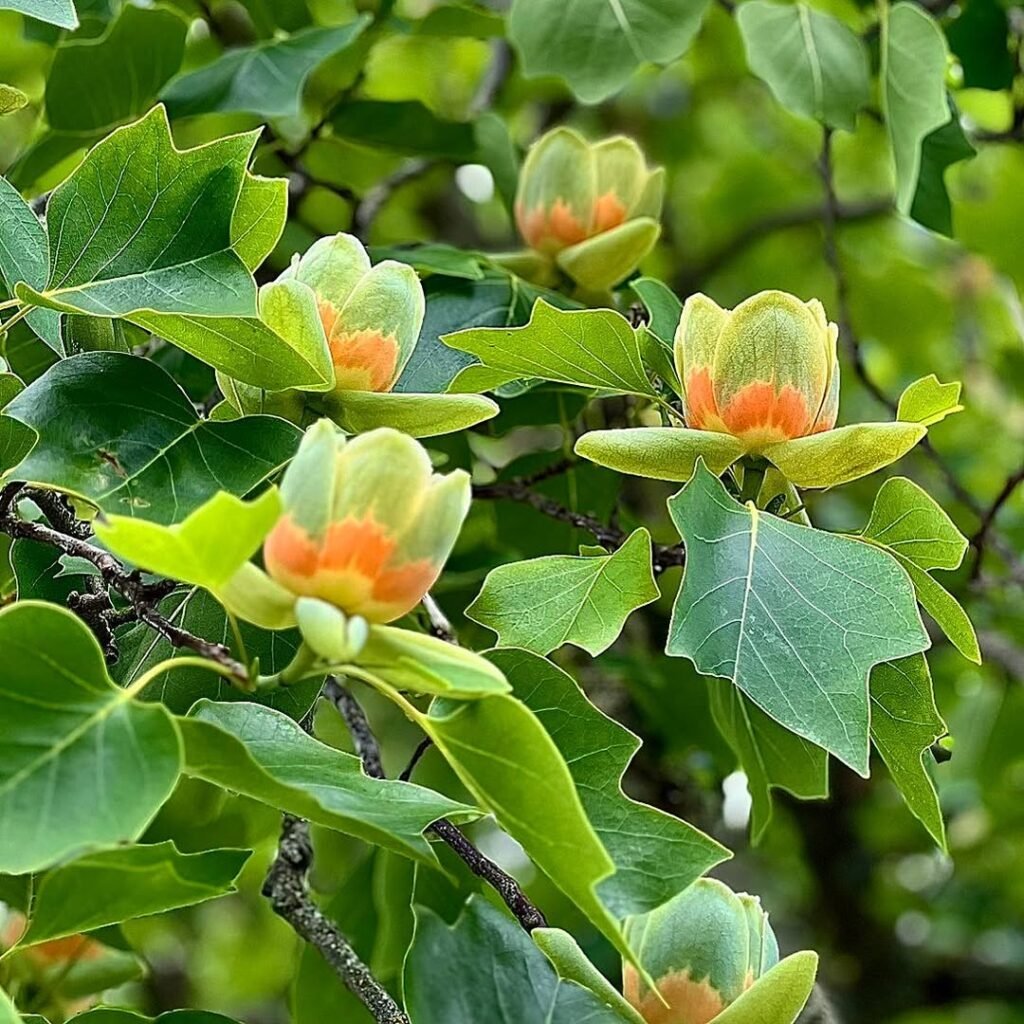
This tree is a real show-off with its big, tulip-shaped flowers that bloom in spring. It can grow super tall—up to 120 feet—and its leaves look like little green stars.
- Where It Grows: Full sun, well-drained soil (USDA zones 4-9).
- What It’s Used For: Looks pretty in yards; its wood makes furniture.
- Fun Fact: It’s one of the tallest trees in North America!
I planted a Tulip Tree once, and its bright flowers always made me smile. Want to grow one? Check out this University of Florida guide for tips.
2. Tamarack (Larix laricina)
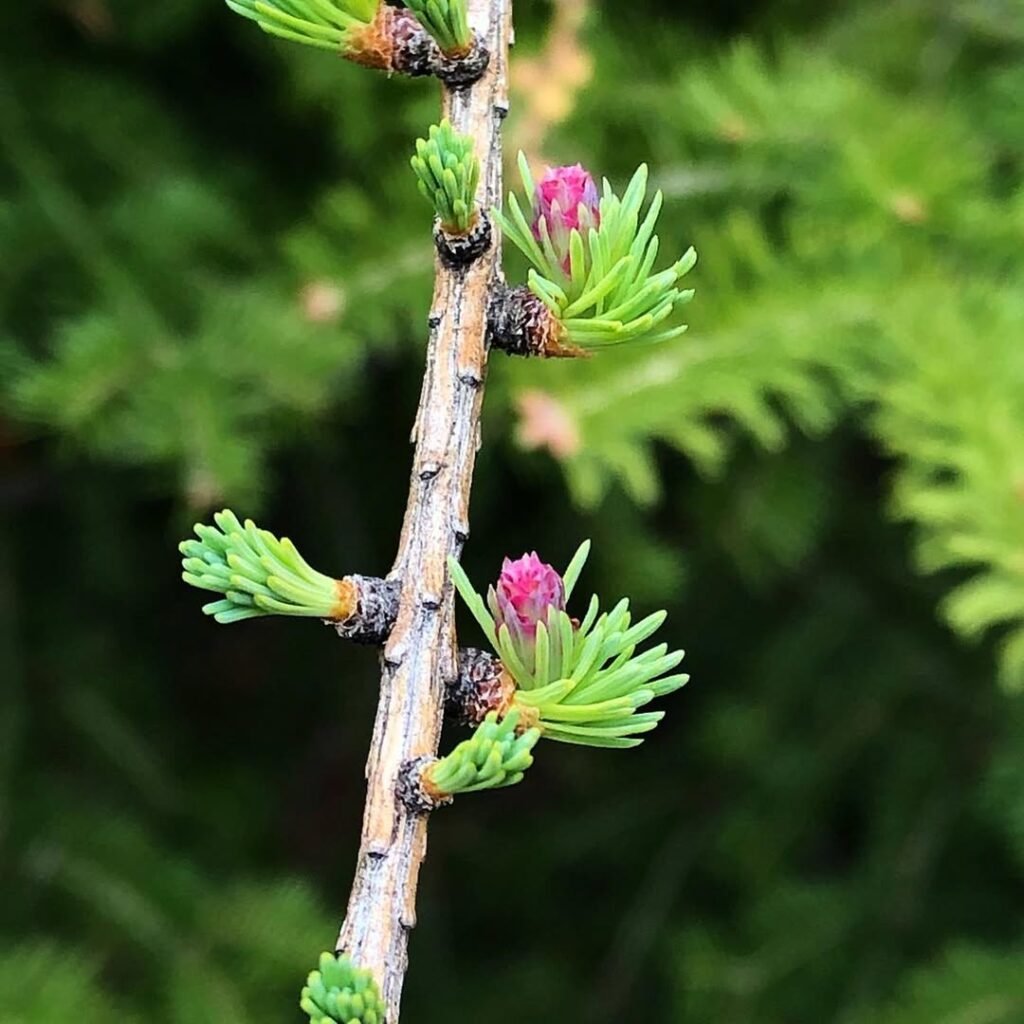
The Tamarack is a cool tree because it drops its needles in fall, turning golden yellow first. It loves wet spots and grows up to 60 feet.
- Where It Grows: Full sun, moist soil (USDA zones 2-5).
- What It’s Used For: Wood for building stuff like posts.
- Fun Fact: It’s a conifer that acts like a leafy tree!
I saw Tamaracks glow like gold on a trip up north—perfect for cold climates.
3. Tea Tree (Melaleuca alternifolia)

This little tree from Australia can reach 20 feet. It’s famous for its oil, which helps with skin boo-boos.
- Where It Grows: Full sun, well-drained soil (USDA zones 9-11).
- What It’s Used For: Oil for medicine and skincare.
- Fun Fact: It’s not the tea you drink—it’s for healing!
I’ve made lotion with Tea Tree oil from my garden. Learn more at NCCIH.
4. Teak (Tectona grandis)

Teak is a giant—up to 150 feet—and its wood is super strong. It’s from warm places like Southeast Asia.
- Where It Grows: Full sun, well-drained soil (USDA zones 10-12).
- What It’s Used For: Fancy furniture and boats.
- Fun Fact: Bugs hate its wood!
Teak’s a dream for warm climates. I’d love a Teak bench from my own tree someday!
5. Trumpet Tree (Tabebuia)

This tree has big, colorful flowers shaped like trumpets—pink, yellow, or white. It grows to 50 feet and loves warm weather.
- Where It Grows: Full sun, well-drained soil (USDA zones 9-11).
- What It’s Used For: Makes gardens look amazing.
- Fun Fact: Flowers pop out before leaves in spring.
I helped a friend plant one, and it stole the show in their yard!
6. Tupelo (Nyssa sylvatica)

Also called Black Gum, this tree grows to 80 feet and turns bright red in fall. Bees love its flowers!
- Where It Grows: Full sun or part shade, moist soil (USDA zones 4-9).
- What It’s Used For: Pretty yards and wood for boxes.
- Fun Fact: Tupelo honey is super yummy.
Its fall colors are a treat—I’ve watched bees buzz around mine.
7. Turkey Oak (Quercus cerris)

This big oak hits 100 feet and has acorns that animals munch on. Its leaves are all curvy and cool.
- Where It Grows: Full sun, well-drained soil (USDA zones 5-8).
- What It’s Used For: Shade and wood.
- Fun Fact: Squirrels go nuts for its acorns!
It’s a classic shade tree—I’ve seen it make big yards feel cozy.
8. Tamarind (Tamarindus indica)

A tropical tree up to 80 feet, Tamarind grows tangy fruit you can eat or cook with.
- Where It Grows: Full sun, well-drained soil (USDA zones 10-11).
- What It’s Used For: Food and wood.
- Fun Fact: Its fruit makes awesome sauces.
I grew one in a pot once—its fruit was a fun surprise!
9. Tanbark Oak (Notholithocarpus densiflorus)

This evergreen reaches 75 feet and has tough leaves. It’s from the western USA.
- Where It Grows: Full sun or part shade, well-drained soil (USDA zones 7-9).
- What It’s Used For: Looks nice; once used for leather tanning.
- Fun Fact: Birds love its acorns.
Check out its wildlife benefits at California Native Plant Society.
10. Tasmanian Oak (Eucalyptus delegatensis)
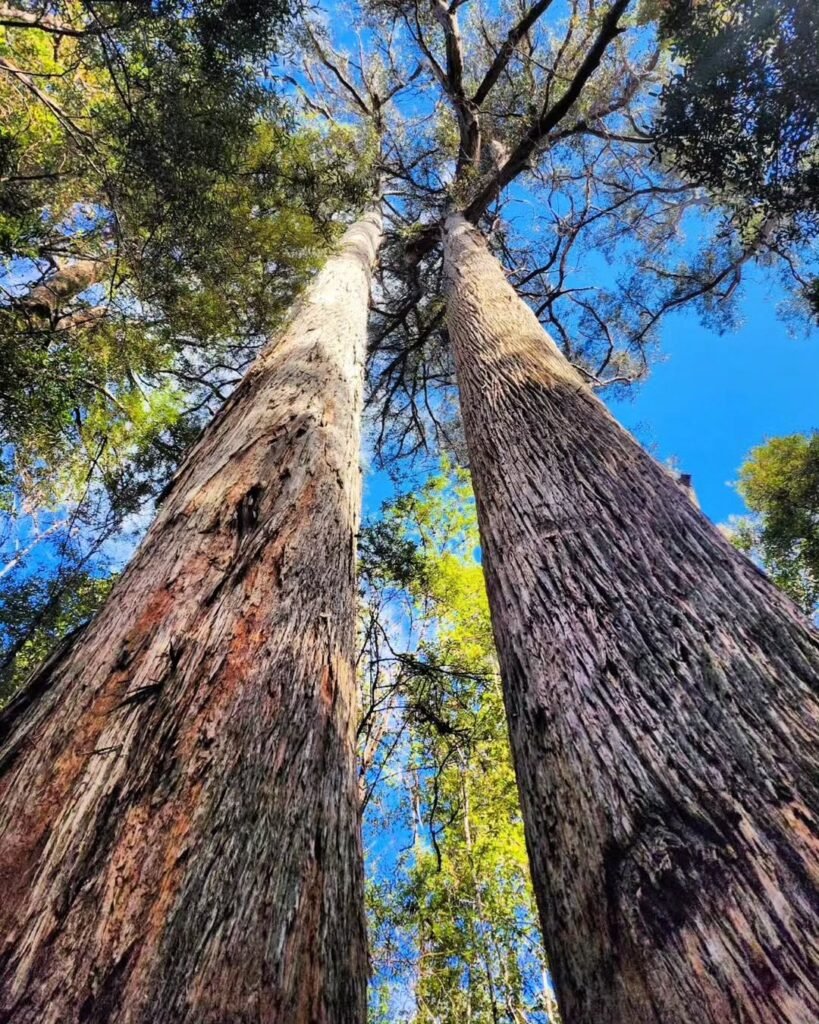
A huge tree—up to 200 feet—from Australia, it’s not a real oak but a eucalyptus.
- Where It Grows: Full sun, well-drained soil (USDA zones 8-10).
- What It’s Used For: Wood for floors and furniture.
- Fun Fact: It’s a giant among trees!
It’s a beast—great if you’ve got room and a warm spot.
11. Terminalia (Terminalia catappa)

Called Tropical Almond, this tree hits 115 feet and grows tasty nuts.
- Where It Grows: Full sun, well-drained soil (USDA zones 10-12).
- What It’s Used For: Nuts to eat, shade.
- Fun Fact: Leaves turn red before falling.
I’ve seen it shade parks beautifully in warm places.
12. Tibetan Cherry (Prunus serrula)
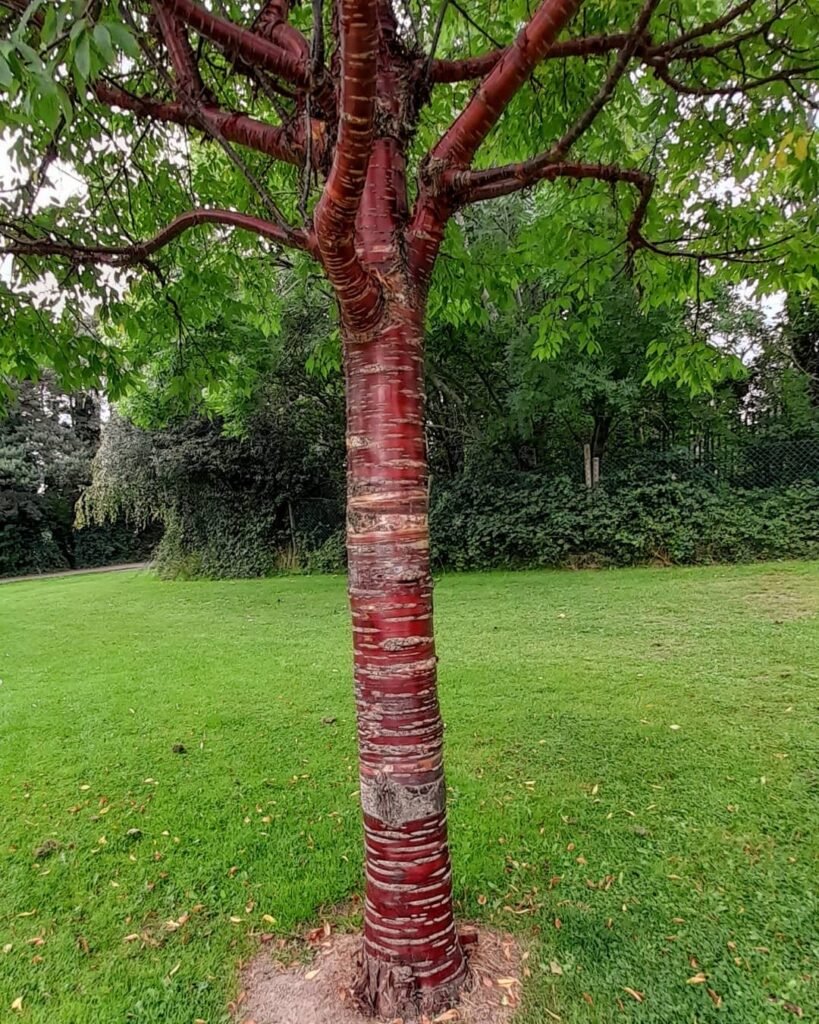
A small tree (30 feet) with shiny red bark that peels like paper—super pretty!
- Where It Grows: Full sun, well-drained soil (USDA zones 5-8).
- What It’s Used For: Looks awesome all year.
- Fun Fact: Its bark glows in winter.
It’s a gem in small gardens—I love its bark!
13. Tilia (Tilia cordata)

The Littleleaf Linden grows to 70 feet with sweet-smelling flowers for tea.
- Where It Grows: Full sun or part shade, well-drained soil (USDA zones 3-7).
- What It’s Used For: Shade and tea.
- Fun Fact: Its tea calms you down.
I sip Tilia tea from my tree—see more at Herbal Academy.
14. Torchwood (Amyris elemifera)

A small tree (20 feet) with wood that smells great and burns like a torch.
- Where It Grows: Full sun, well-drained soil (USDA zones 10-12).
- What It’s Used For: Smelly wood for torches.
- Fun Fact: It’s a natural candle!
Perfect for a tropical vibe in your yard.
15. Totara (Podocarpus totara)

This New Zealand evergreen can hit 100 feet and lasts forever—over 1,000 years!
- Where It Grows: Full sun or part shade, well-drained soil (USDA zones 8-10).
- What It’s Used For: Wood and looks.
- Fun Fact: It’s a living history book.
Imagine planting something that outlives us all!
16. Tree of Heaven (Ailanthus altissima)

A fast-grower to 80 feet, it’s tough but can spread too much.
- Where It Grows: Full sun, any soil (USDA zones 4-8).
- What It’s Used For: Shade in tough spots.
- Fun Fact: It’s in a famous book about growing strong.
I’ve seen it thrive where others fail—just keep it in check.
17. Trident Maple (Acer buergerianum)
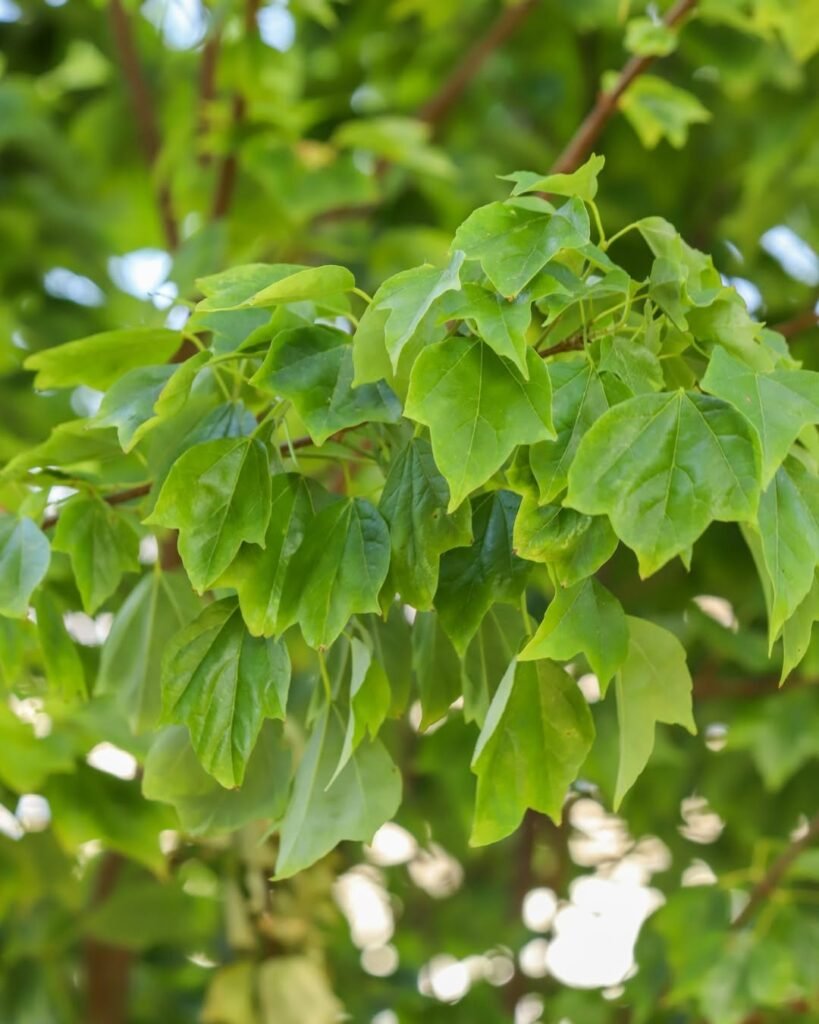
A small tree (30 feet) with fun three-pointed leaves that turn red in fall.
- Where It Grows: Full sun, well-drained soil (USDA zones 5-9).
- What It’s Used For: Bonsai and small yards.
- Fun Fact: Tiny trees can be art!
I’ve shaped one as bonsai—it’s so rewarding.
18. Tsuga (Tsuga canadensis)

Eastern Hemlock grows to 70 feet with soft, droopy branches.
- Where It Grows: Part shade, moist soil (USDA zones 3-7).
- What It’s Used For: Privacy and wood.
- Fun Fact: It’s like a living curtain.
Great for a shady, secret garden spot.
19. Tung Tree (Vernicia fordii)

A small tree (20 feet) that makes oil for wood finishing.
- Where It Grows: Full sun, well-drained soil (USDA zones 8-10).
- What It’s Used For: Oil for paint and polish.
- Fun Fact: Pretty flowers too!
I’ve used its oil on my garden bench—works like magic.
20. Turkey Berry (Solanum torvum)
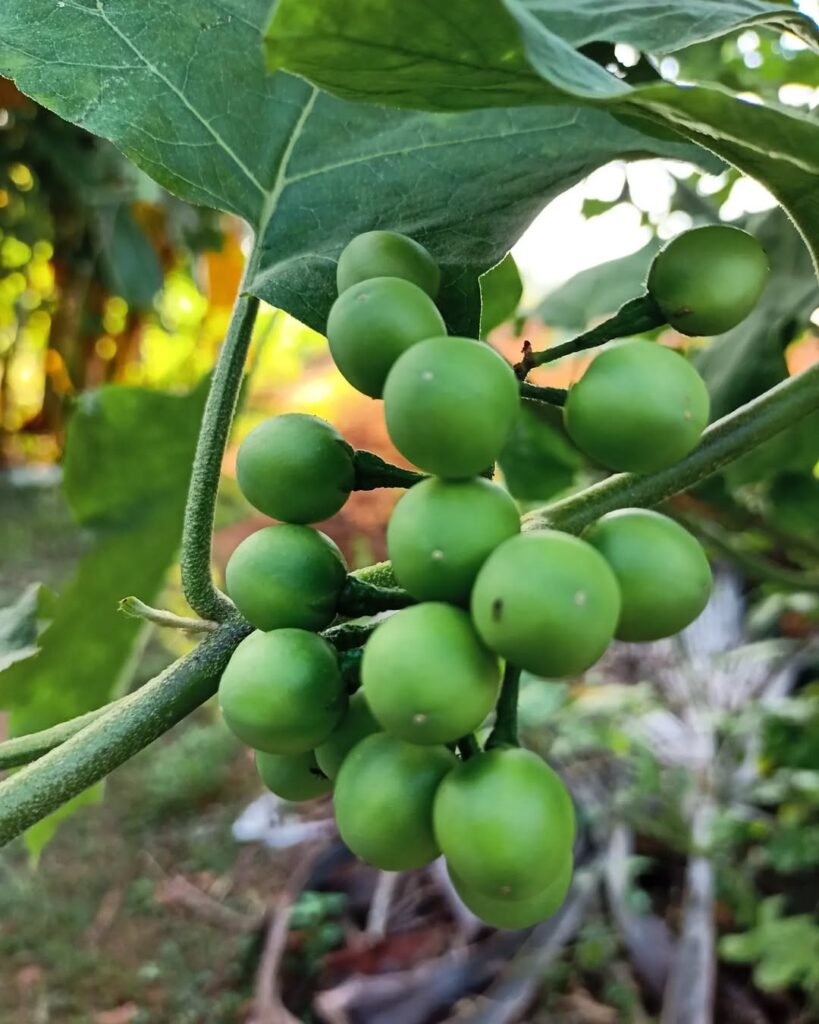
A small tree (10 feet) with berries for cooking, common in warm places.
- Where It Grows: Full sun, well-drained soil (USDA zones 9-11).
- What It’s Used For: Food and looks.
- Fun Fact: Tasty in soups!
It’s small but mighty for food lovers.
How to Care for These Trees
Growing trees that start with T is easy with a few basics:
- Planting: Pick a sunny or shady spot (depends on the tree) and dig a big hole.
- Watering: Give them a good drink, especially when young. Don’t drown them!
- Pruning: Trim dead bits in spring—check pruning tips.
- Pests: Watch for bugs like aphids and squish them or use soap spray.
Each tree’s section above has its own tips too!
Wrapping Up
Wow, what a lineup! These 20 type of trees that start with T offer so much—shade, fruit, beauty, and more. Whether it’s the tall Teak or the tiny Turkey Berry, there’s a tree for every USA garden. I hope you’re inspired to plant one and watch it grow.
Got questions or stories about these trees? Drop a comment below! For more gardening fun, visit USA Garden Hub. Happy planting!
Quick FAQ
What are some trees that start with T?
Tulip Tree, Tamarack, Tea Tree, Teak, and Trumpet Tree are a few—see all 20 above!
How do I care for a Tulip Tree?
Plant it in sun with good soil, water it well, and trim it sometimes.
Any fruit trees that start with T?
Yep! Tamarind, Terminalia, and Turkey Berry grow yummy stuff.
Can I grow these in the USA?
Most work somewhere in the USA—check the zones for your area.


